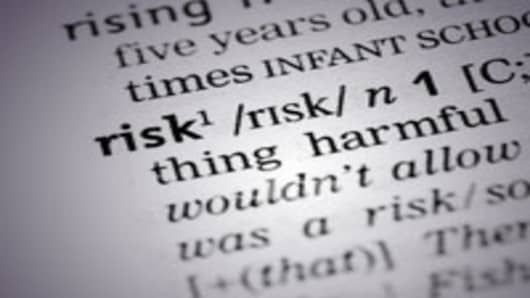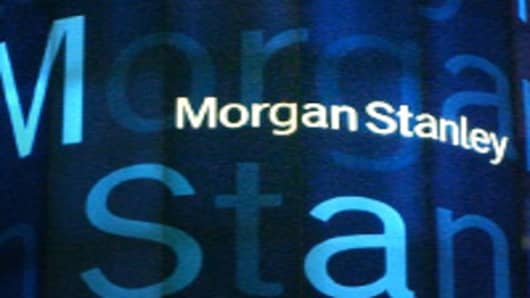The best risk managers are judged by what doesn’t happen to their companies. They don’t have huge trading losses, their executives don’t get investigated for fraud, and the names of their institutions don’t disappear from the Street.
But when you’re in the business of taking financial risk, all your bets can’t be right. Sometimes the best you can hope for is that the self-inflicted damage is survivable.
Here’s a list of Wall Street’s greatest whiffs over the past ten years:
JPMorgan , 2012: a group of traders in the London branch of the bank’s chief investment officer unit make bets on an illiquid corporate credit-derivatives index, ostensibly to hedge the bank’s overall exposure to the markets. (Read More: JPMorgan Trader 'London Whale' Leaves - Source)








